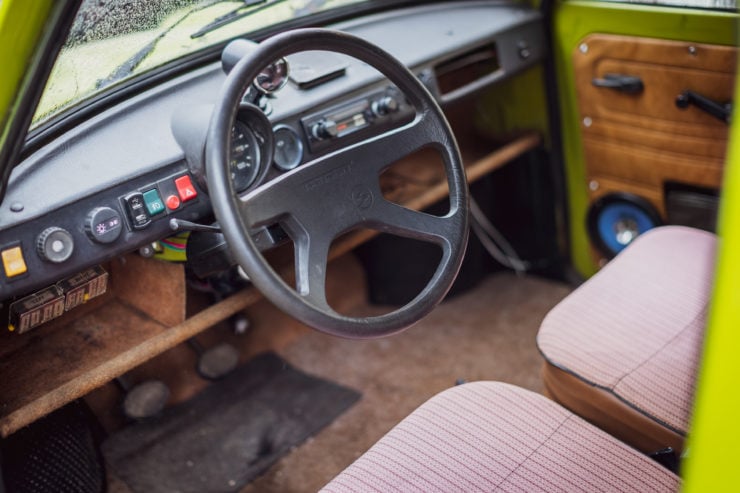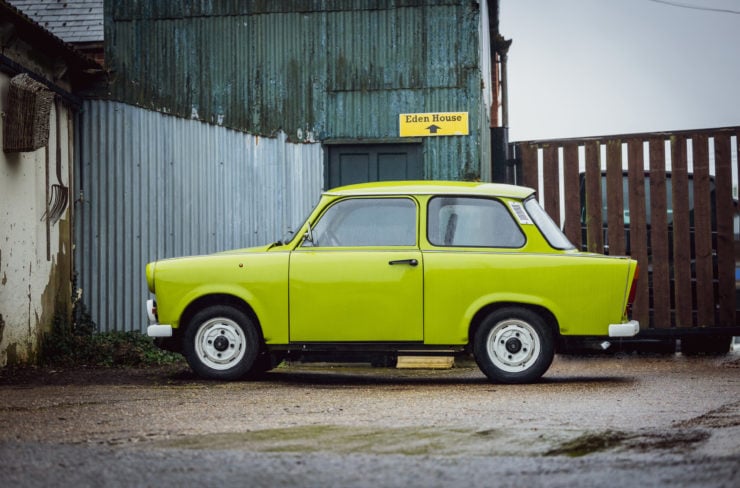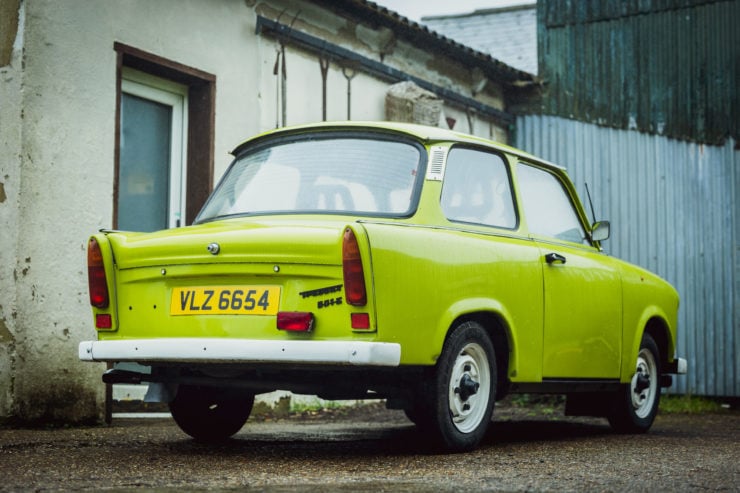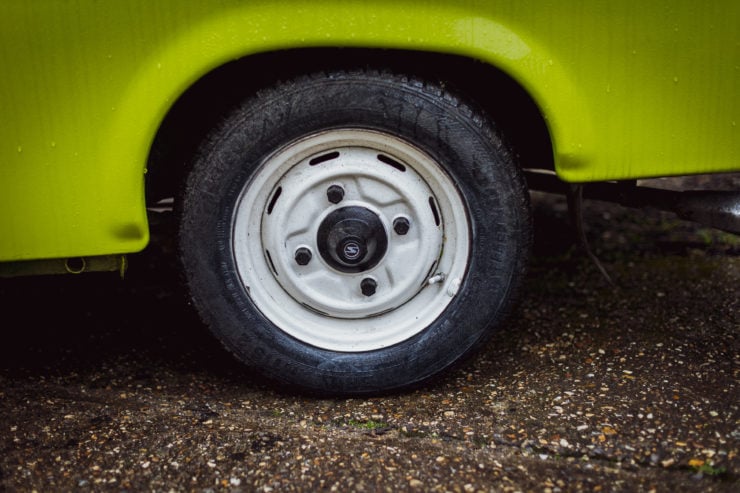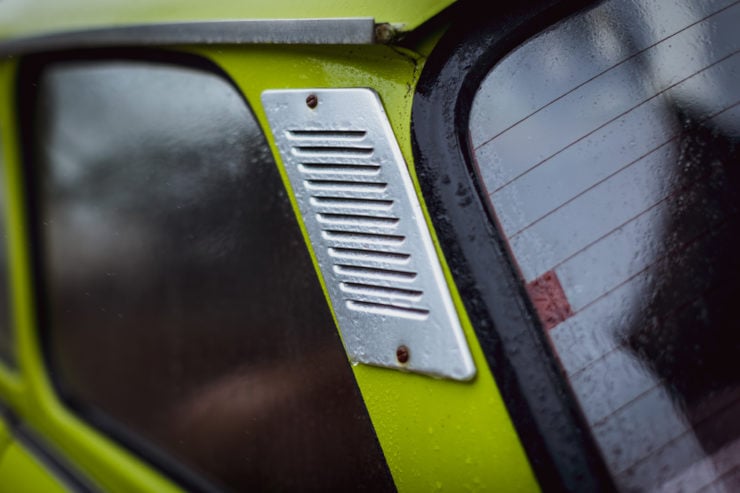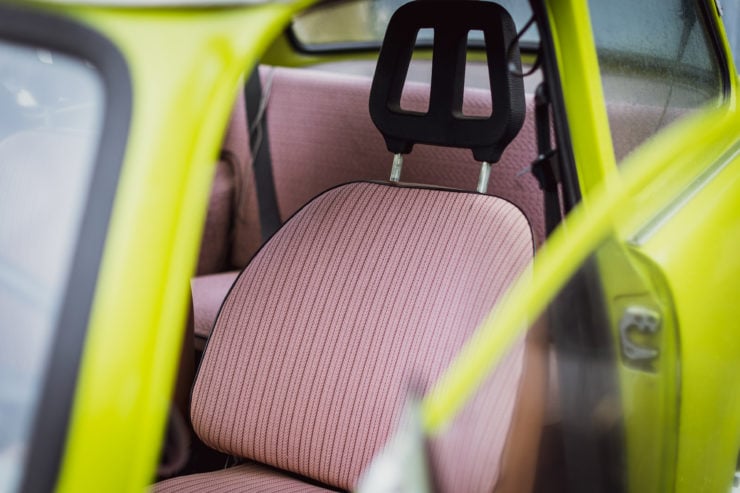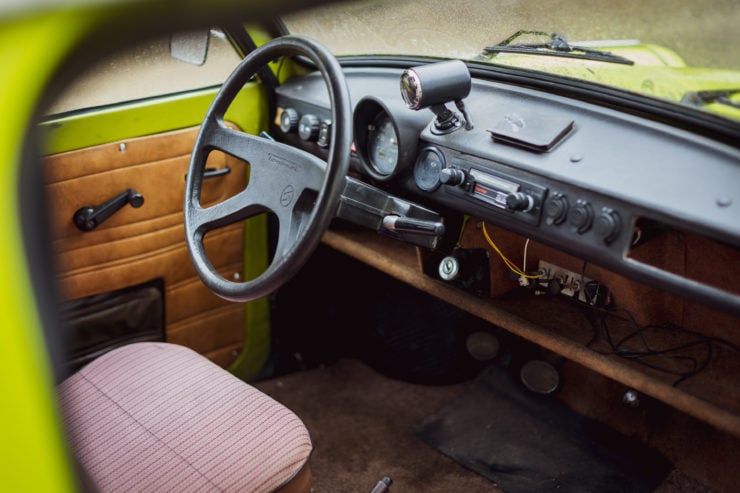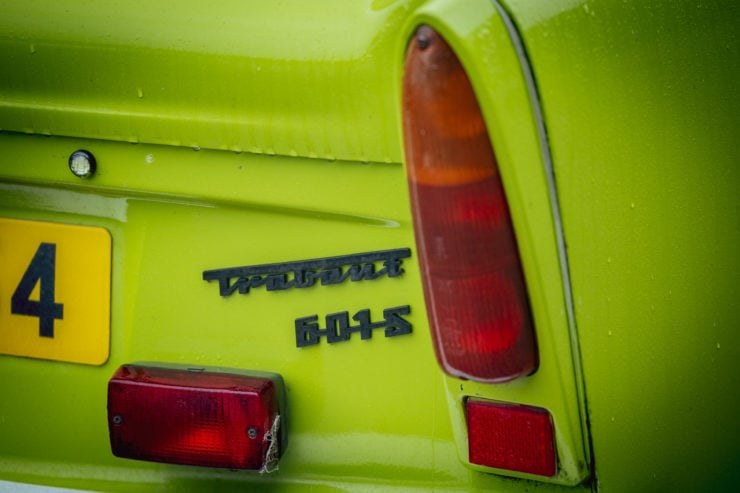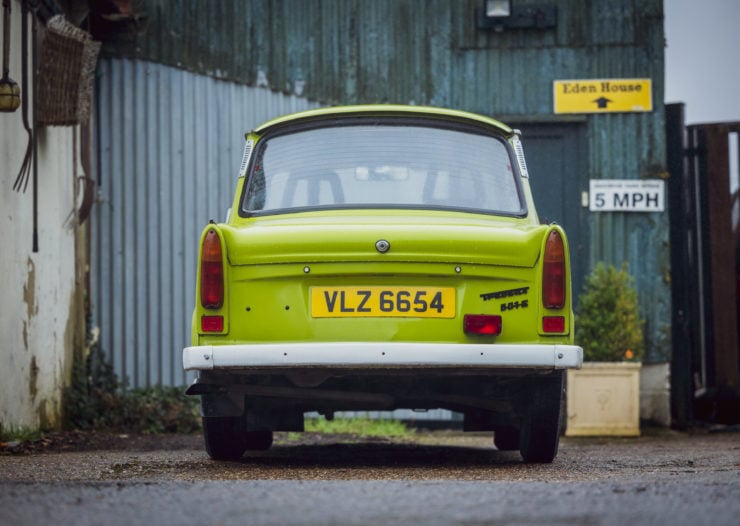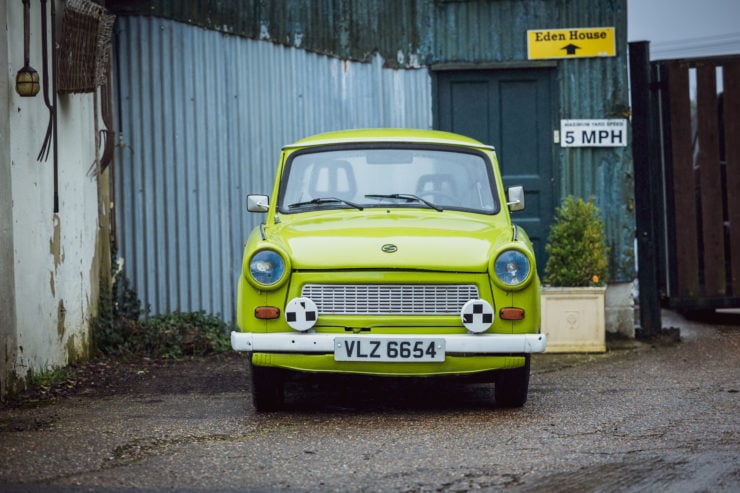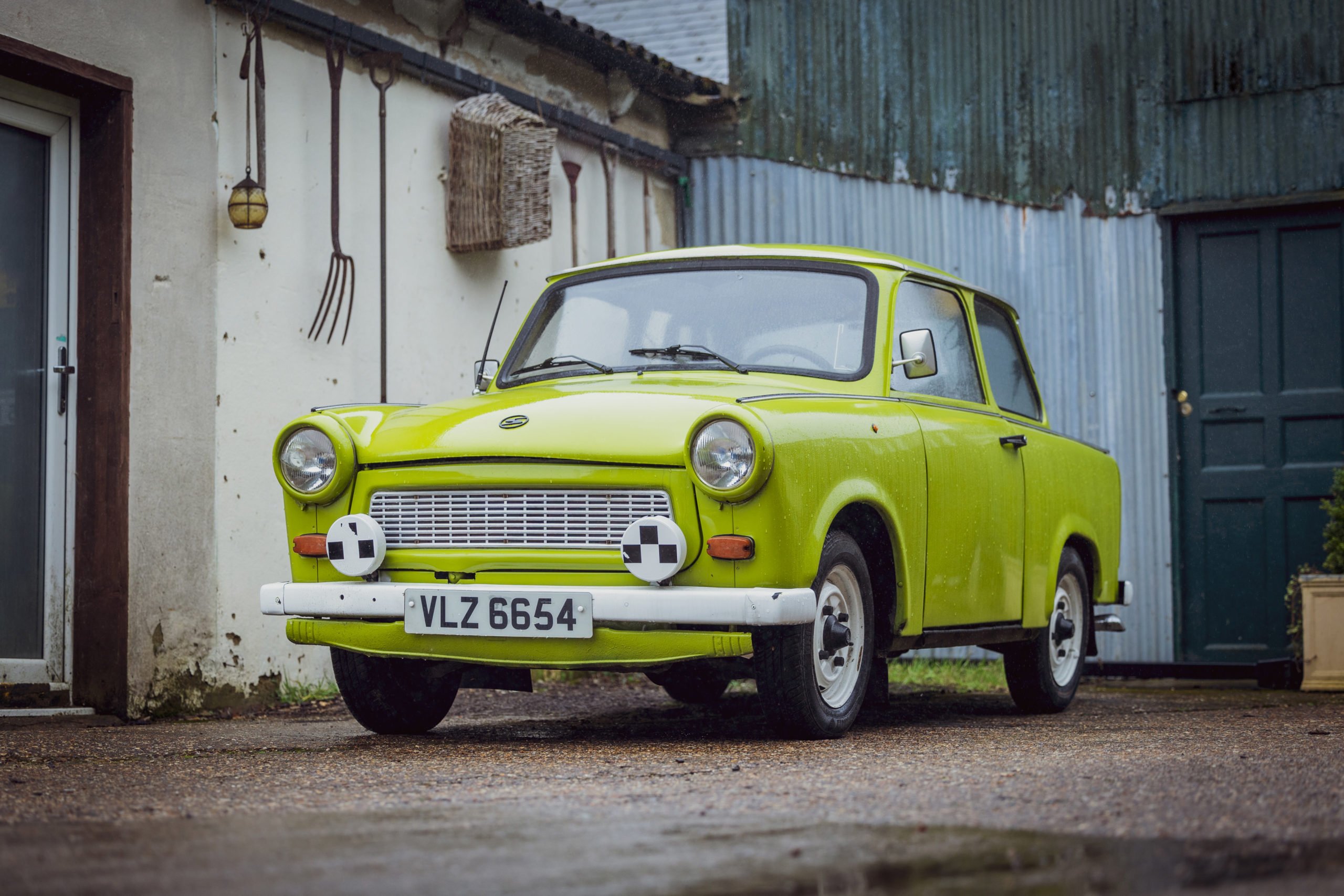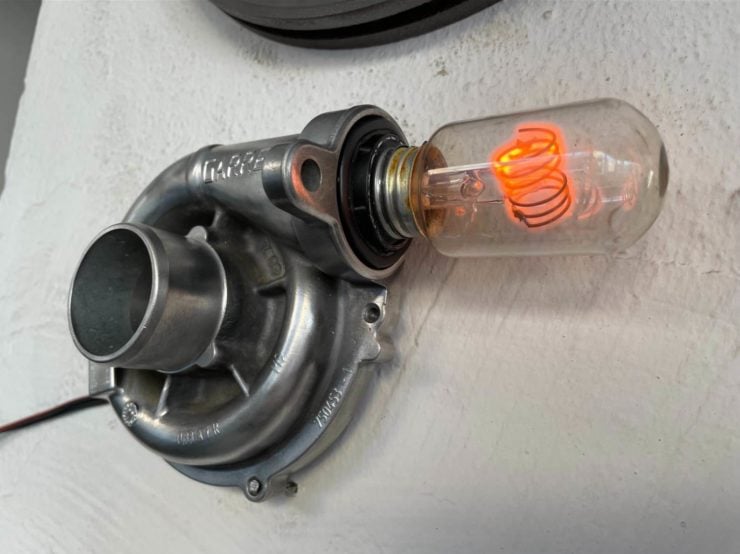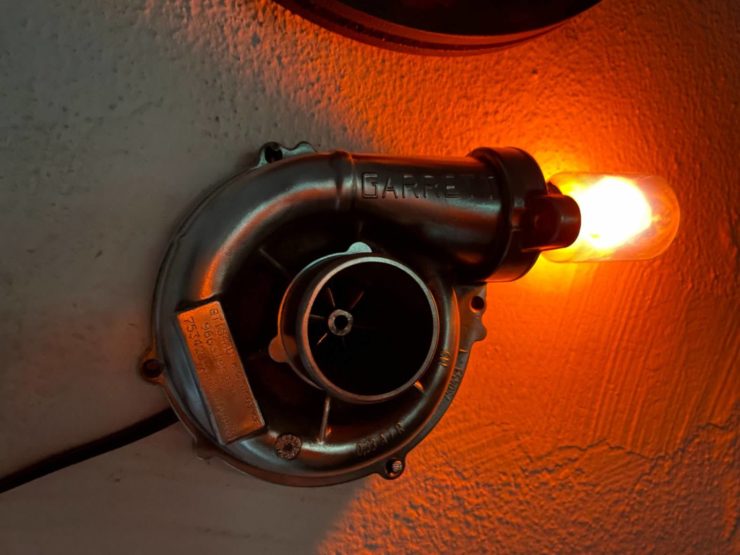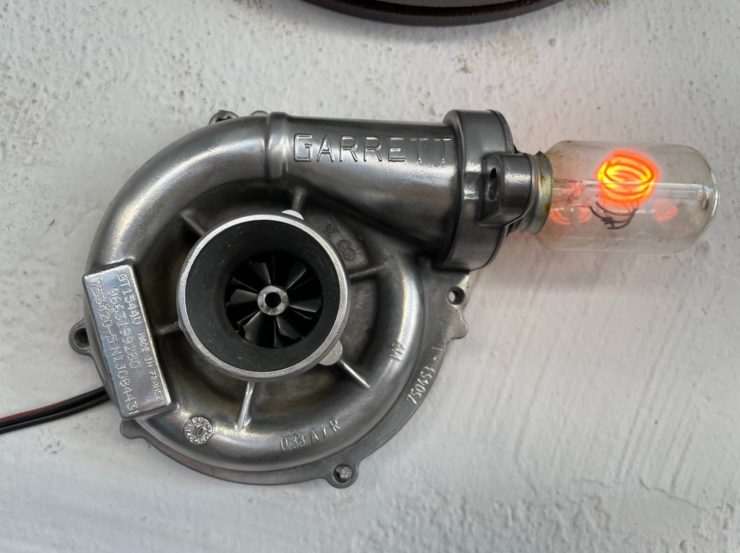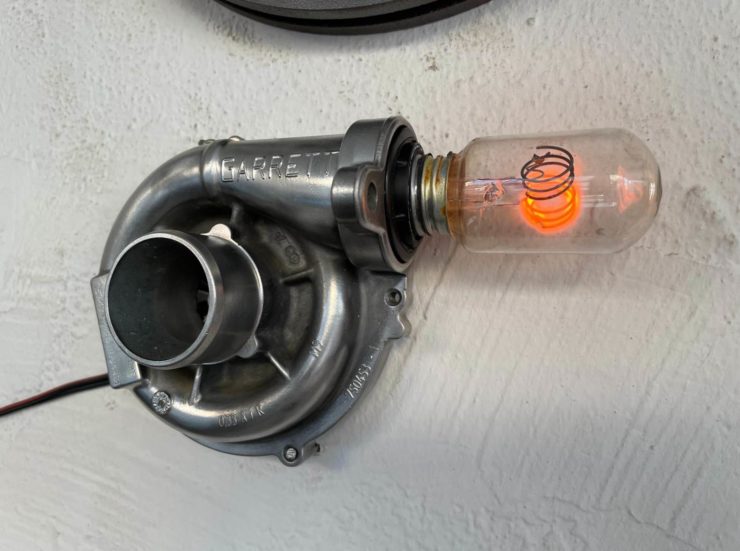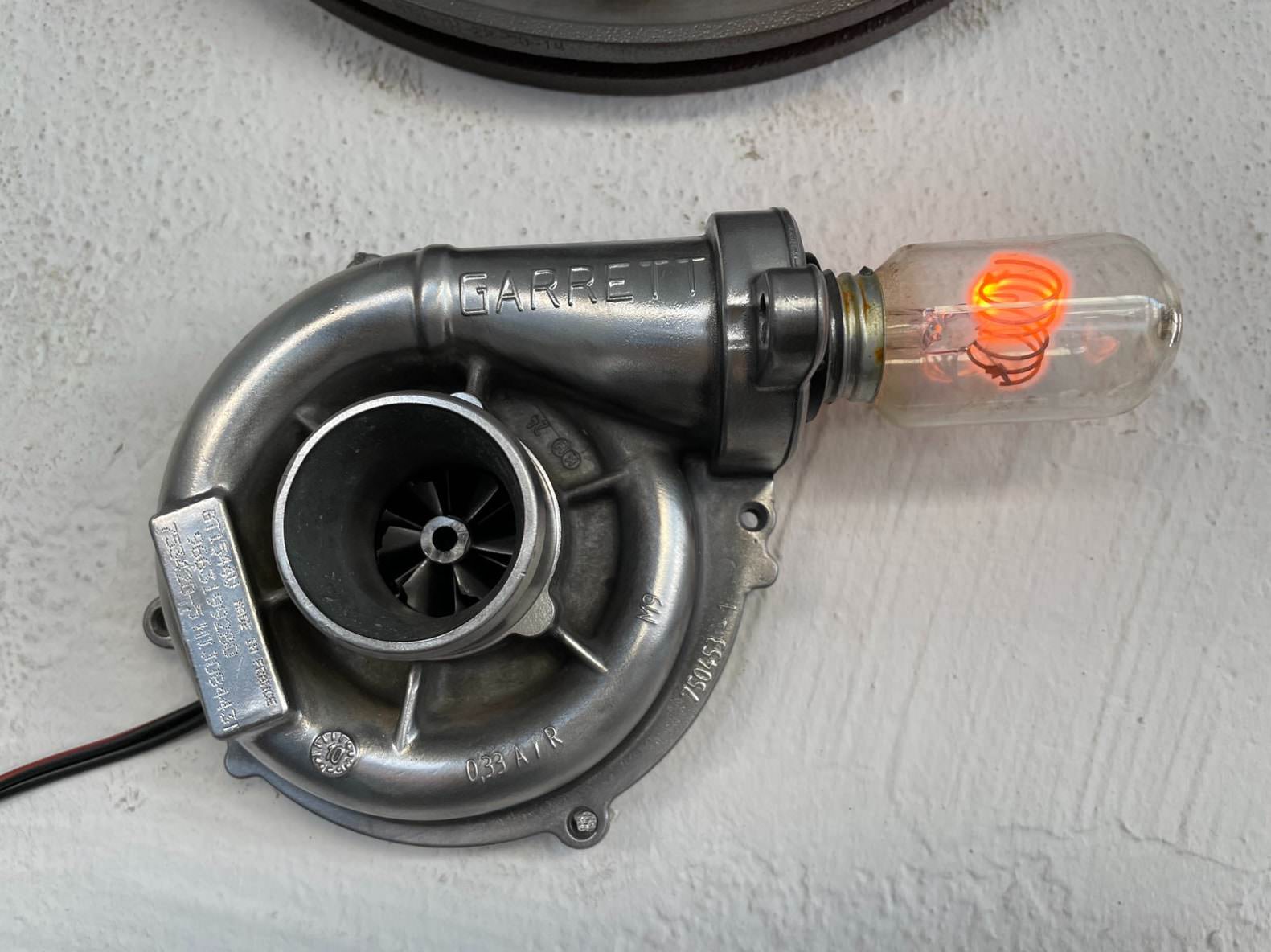Although this may look like a Ferrari F92A Formula 1 car it’s actually a fully-functional copy that was built by an Italian enthusiast named Gianni Pascal. Decades after it was built it was rediscovered in a barn covered in dust, and it’s now being offered for sale publicly for the first time.
Gianni Pascal’s favorite F1 driver was Jean Alesi, and so he was inspired to undertake an ambitious project to build a working replica of his 1992 Formula 1 car. Some Ferrari factory employees learned of Pascal’s project and they supported him by sending parts – including genuine front and rear carbon fiber wings.
Fast Facts – Gianni Pascal’s Ferrari F92A
- This car was built by an Italian Formula 1 enthusiast named Gianni Pascal over a period of years to resemble the Ferrari F92A Formula 1 car. After he became ill it was stored away in an Italian barn, only being rediscovered again recently.
- The original Ferrari F92A was developed by a team led by Jean-Claude Migeot, it competed in the 1992 Formula 1 season with drivers Jean Alesi, Ivan Capelli, and Nicola Larini.
- Though it was beautiful, F92A wasn’t a successful car for Ferrari. It proved extremely unreliable and finished 4th in the championship with just 21 points.
- Gianni Pascal’s Ferrari F92A was built to look as close to the real thing as possible, thanks to friends at Ferrari he was able to use real Ferrari F92A front and rear wings, and the car is powered by a 2.0 liter Alfa Romeo twin-cam engine coupled to a manual transmission.
Building Your Own Formula 1 Car
The idea of building your own car from scratch is an idea that appeals to many, it has largely fueled the popular kit car genre that gives people the opportunity to build their own car in the garage – often just using simple hand tools.
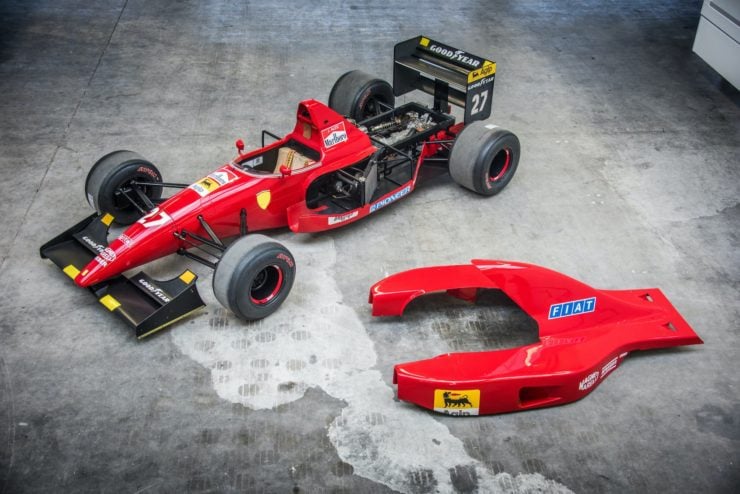
The car has a one-piece rear clamshell just like the original, for easy access to the engine, transmission, and suspension components.
Of course this isn’t for everyone, some people want to build a car for which no kit exists, which leaves them with the option of doing it the hard way. Italian Formula 1 fan Gianni Pascal was one of those latter types.
As an Italian, Pascal loved Scuderia Ferrari. He was also a big fan of Jean Alesi, a French racing driver of Italian origin who was driving the Ferrari F92A in the 1992 season. It’s not known exactly what made Pascal decide to build his own F92A but whatever it was, he threw himself into the project with total commitment.
Pascal built the car over four years from 1992 to 1996. As luck would have it he met some Ferrari mechanics who were on holiday in the resort of Val Chisone, not far from the small village of Perosa Argentina where he lived.
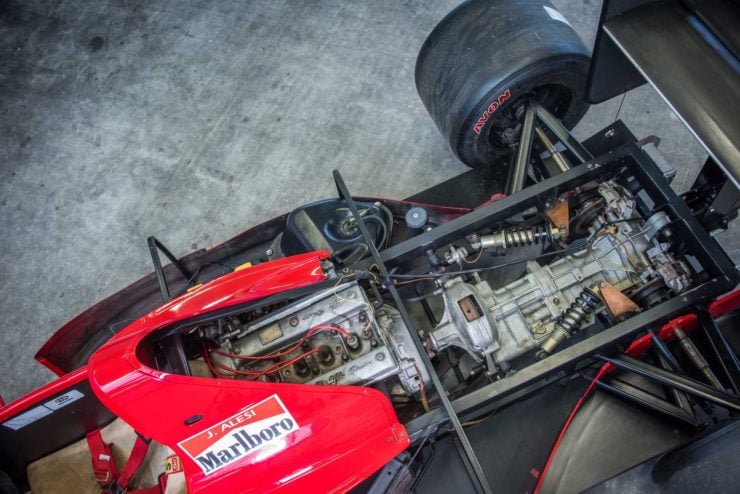
Power is provided by the Alfa Romeo 2.0 liter inline-four, mated to its 5-speed gearbox. Though obviously not as powerful as the original by quite a margin, it is far easier to maintain.
Once they returned to Maranello they sent some parts from the F92A spares collection, many of which would have been thrown out after the end of the season anyway – crucially the parts they sent included an authentic front and rear wing as these parts would have been exceptionally difficult to fabricate otherwise.
Gianni Pascal’s Ferrari F92A – Specifications
A tubular steel chassis was designed for the car, coilover suspension with pushrods was fitted, a detailed and functional cockpit was created, a set of wheels was custom made, then shod with Avon Historic F1 tires.
Using a real Ferrari Formula 1 engine was out of the question due to cost and complexity, even a Ferrari road car engine would have been too much, but Pascal realized that the venerable four-cylinder Alfa Romeo twin-cam 2.0 liter engine from the Alfa Giulietta would be ideal.
Once he had sourced a suitable engine and transmission he fitted it to the car, though it may not have sounded quite like the 3.5 liter V12 fitted to the original F92A, it does have a sound that is unmistakably Italian.
At first glance the car does look an awful lot like the F92A and the quality of work that went into it is clear to see. The fact that it’s fully-functional and not just a static model makes it all the more impressive.
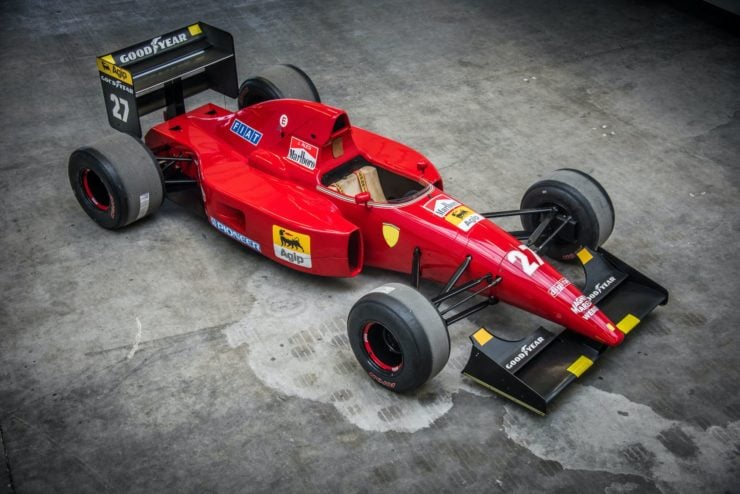
The car is fully-functional and it can be driven on display laps, it’s fitted with Avon Historic F1 tires which are easy to source when the time comes for replacements.
Once completed Pascal showed the car at a number of shows and completed demonstration laps in it for curious crowds. Sadly it wasn’t long after this that he fell ill, and the car was rolled into a barn in the Italian countryside where it would remain for many years.
Out Of The Barn
Pascal’s remarkable F92A was rediscovered in its barn just last year, it was carefully cleaned and inspected and the drivetrain was recommissioned so it can be started and run.
It’s now being offered for sale out of the Netherlands, the listing states that the car can be used for exhibitions or demonstration laps, it’ll also obviously be vastly cheaper to maintain than one of the originals.
If you’d like to read more about this unusual hand-built car or place a bid on it you can click here to visit the listing. It’s being offered in a live online auction through Collecting Cars and at the time of writing there are a few days remaining.
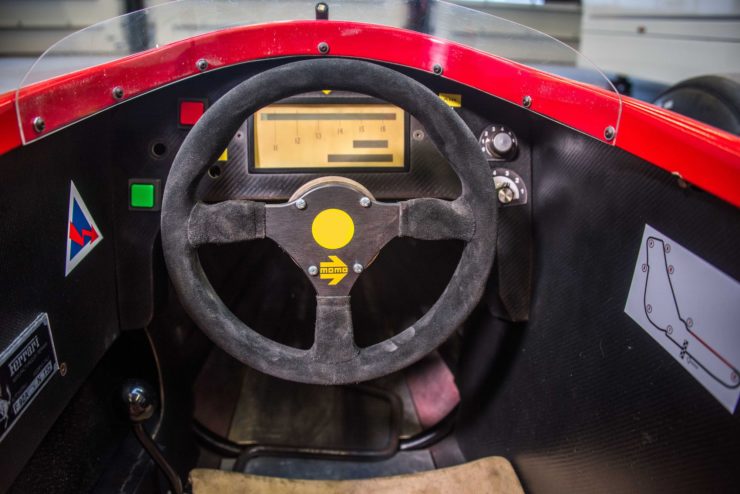
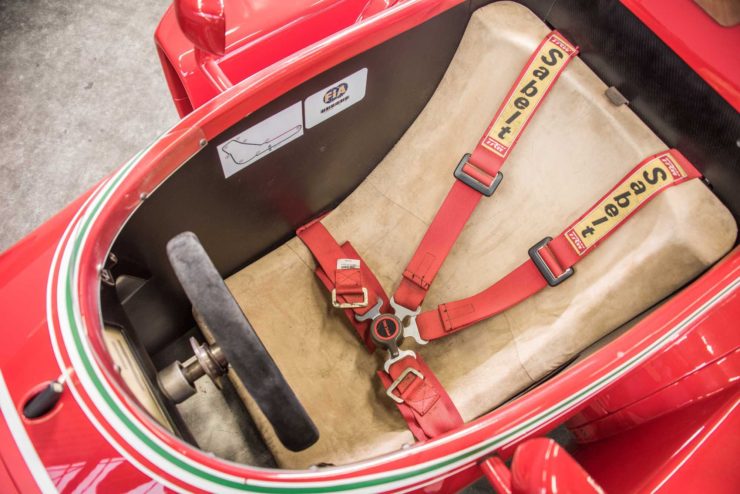
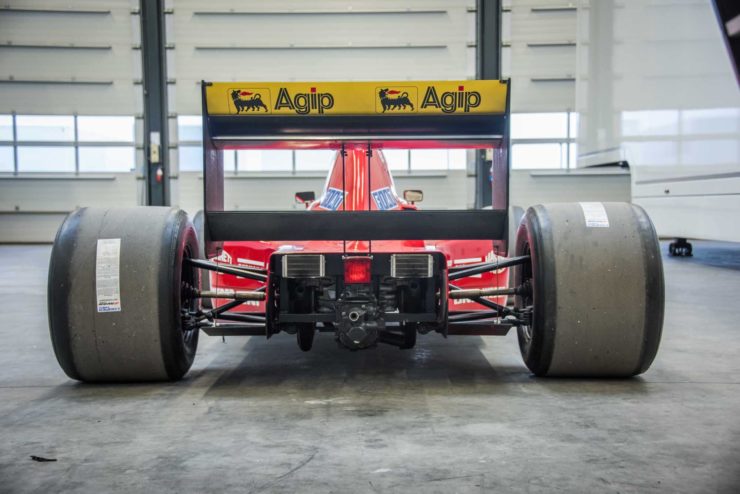
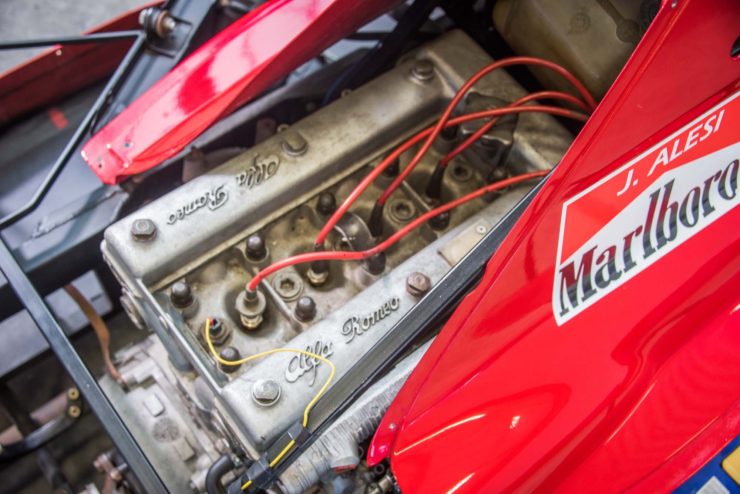
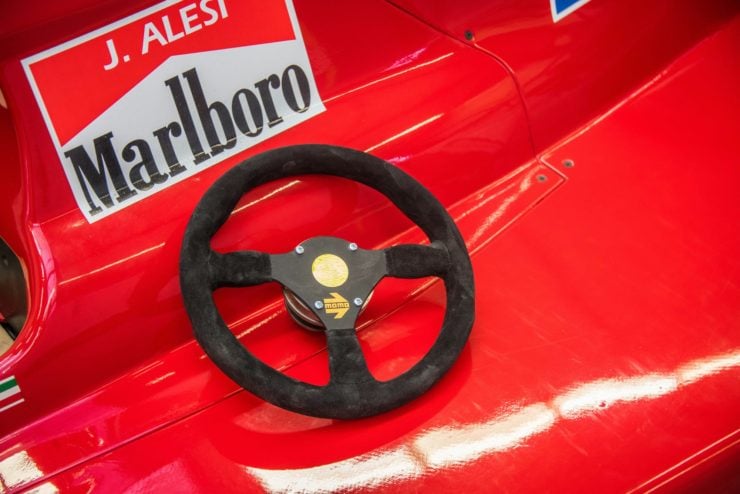
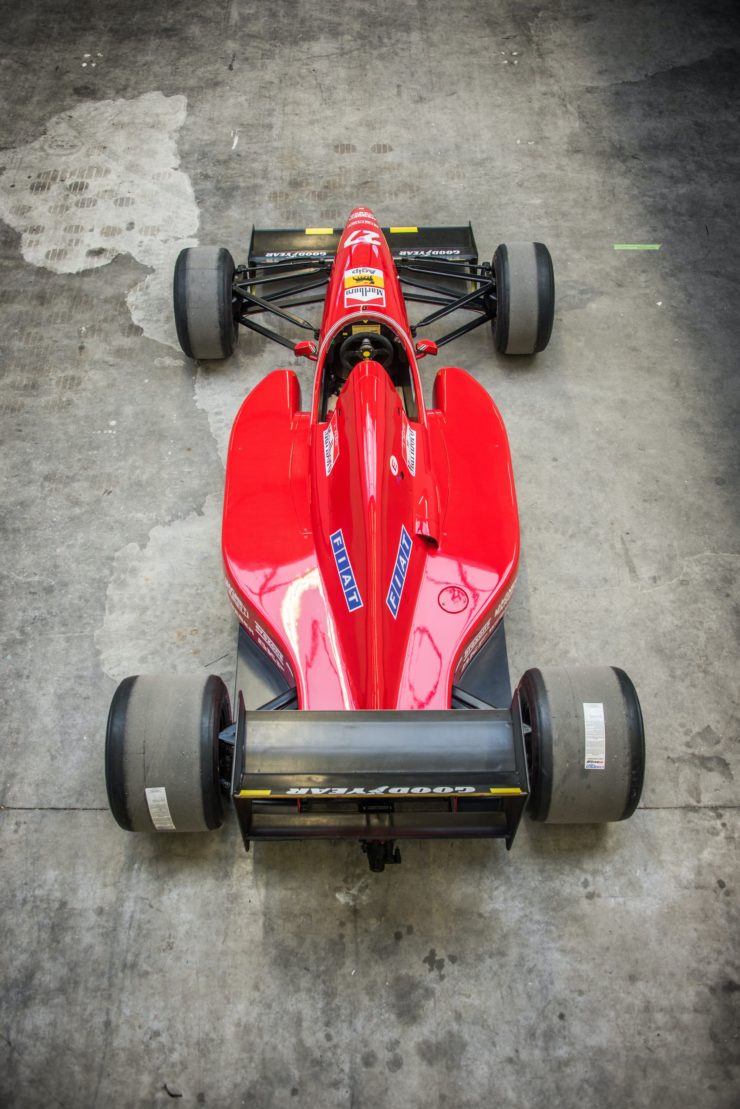
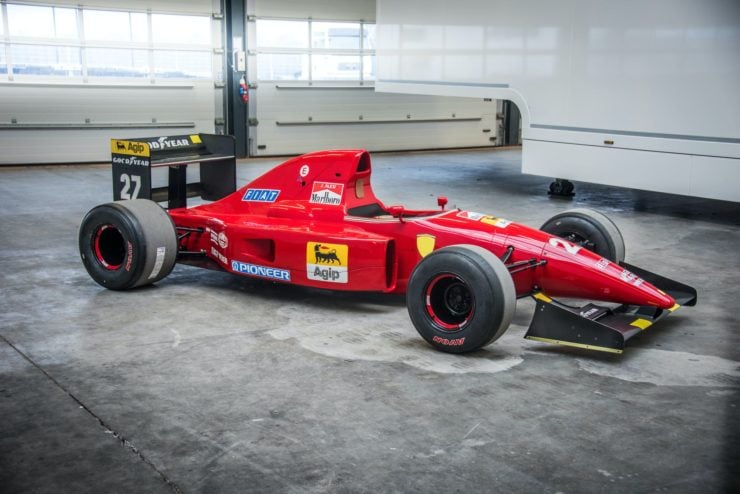
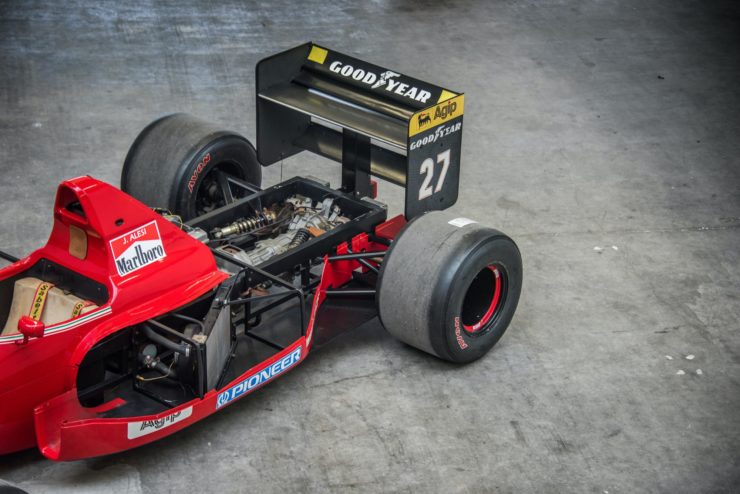
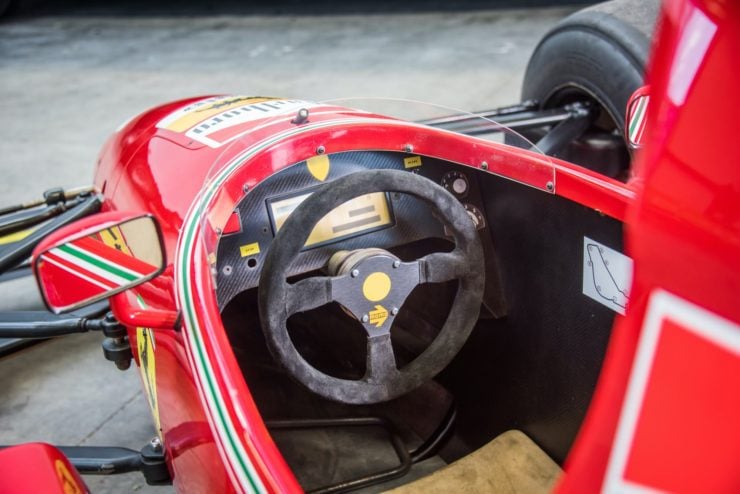
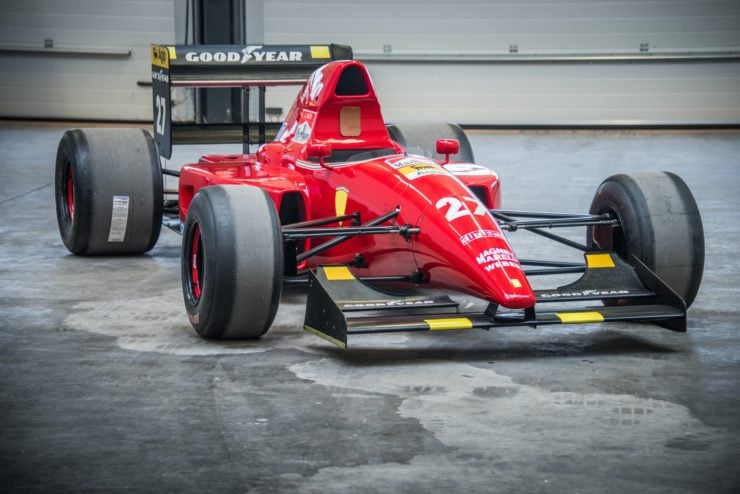
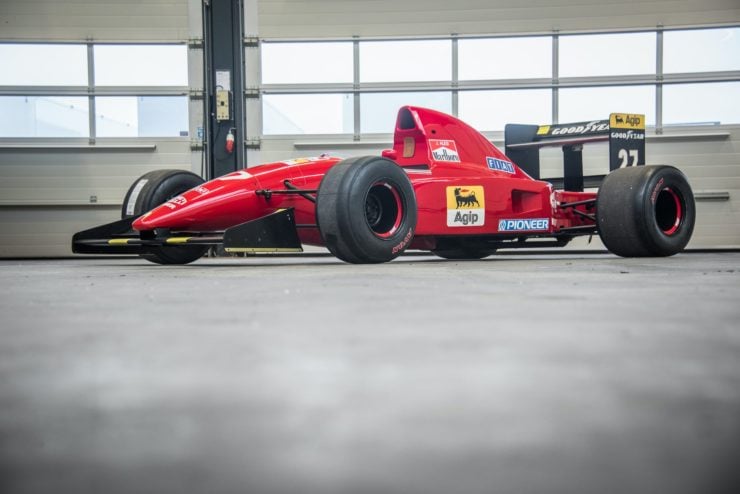
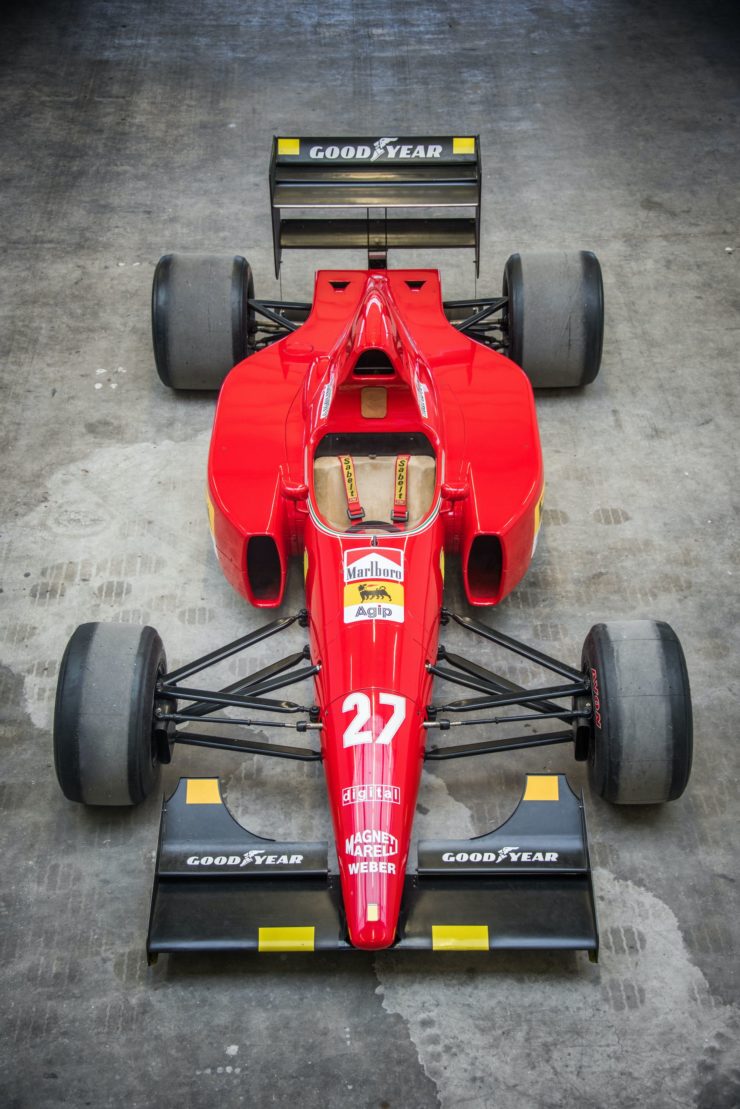
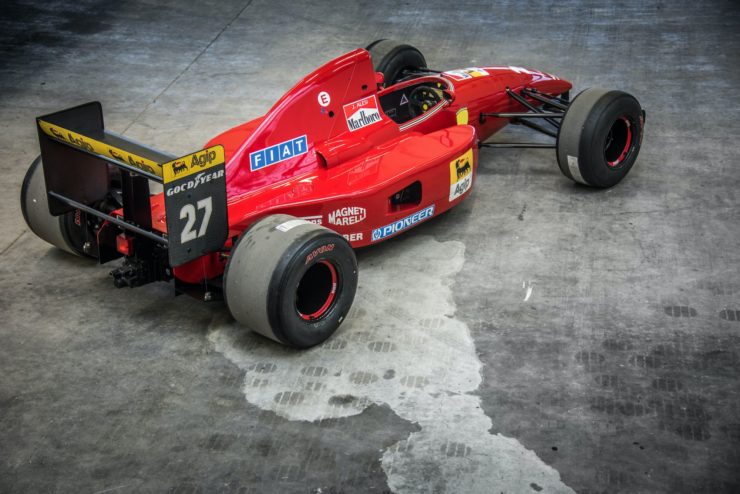
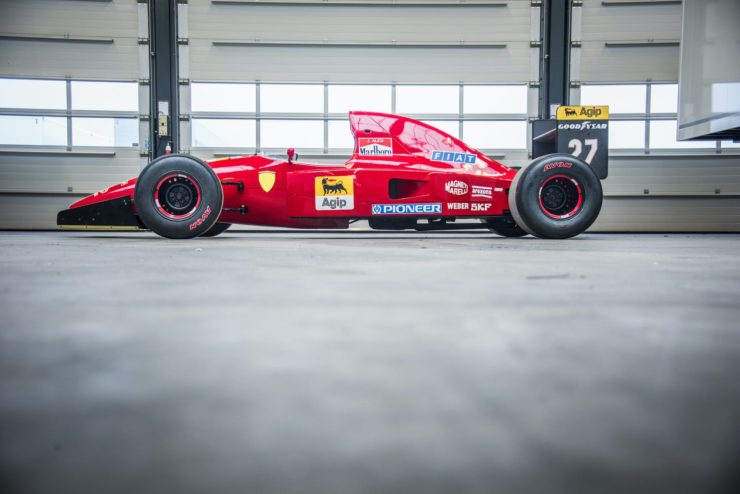
Images courtesy of Collecting Cars
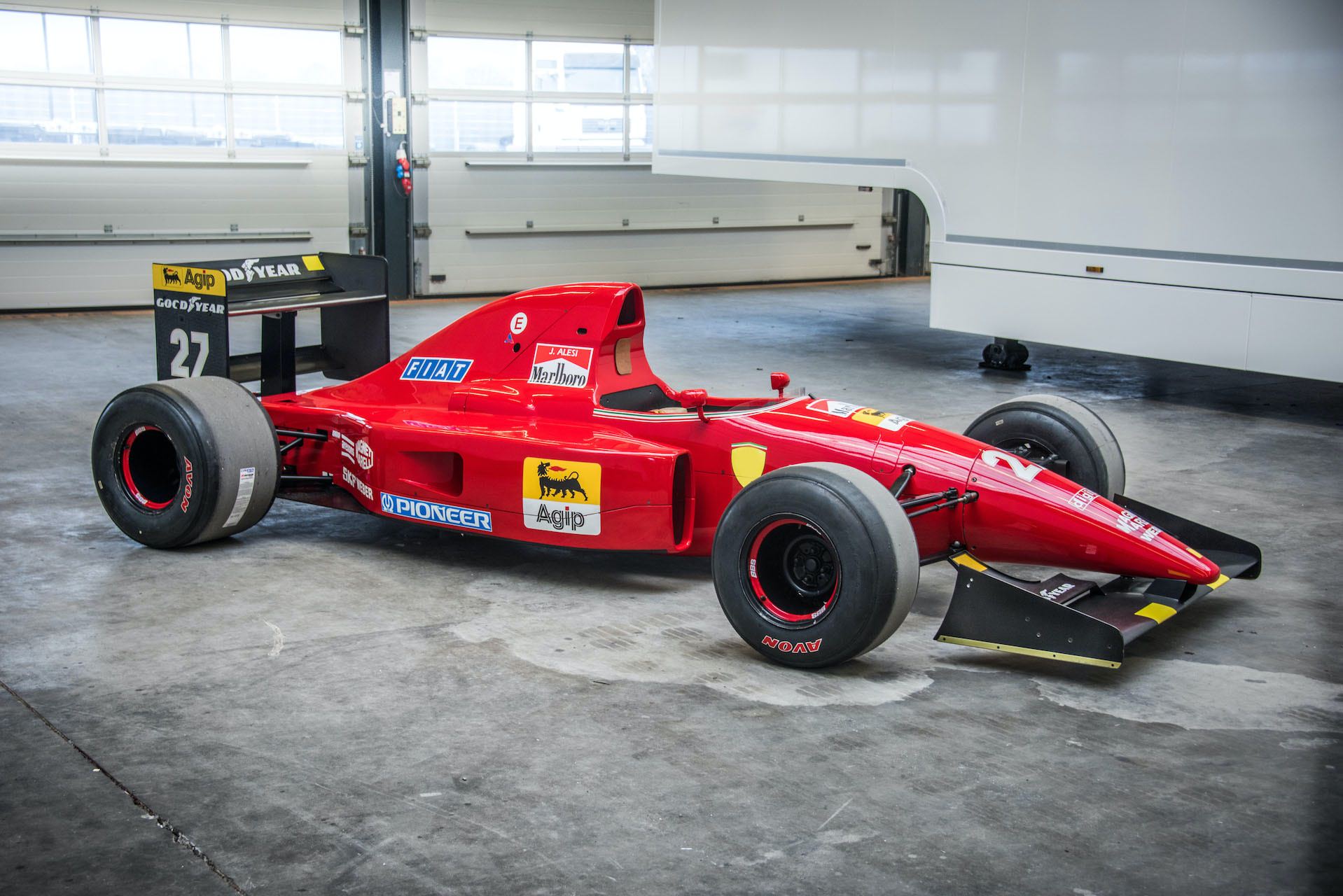
The post Italian Barn Find: An Fully-Functional, Amateur-Built Ferrari F92A F1 Car appeared first on Silodrome.
from Silodrome https://silodrome.com/amateur-built-ferrari-f92a-f1-car/
via gqrds
